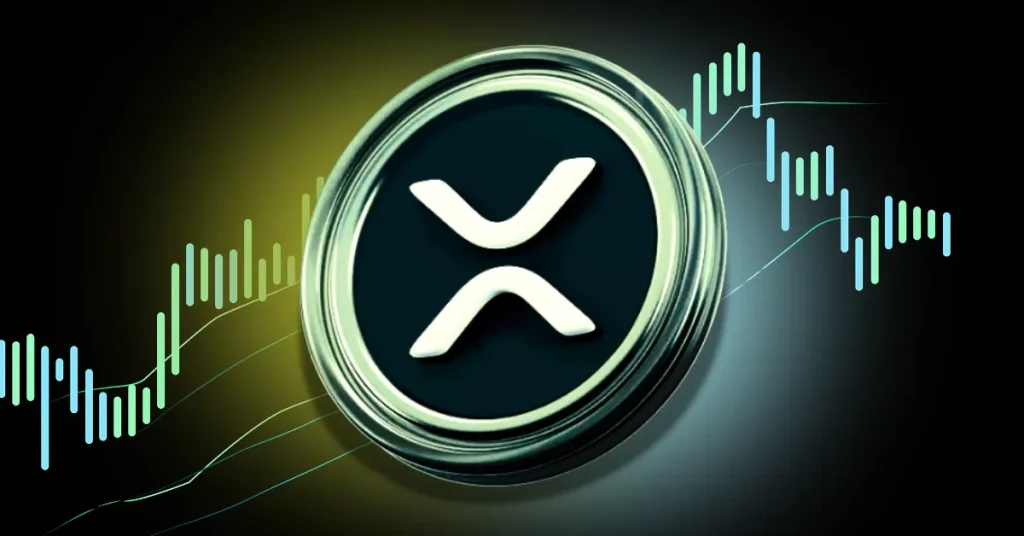Ripple’s XRP Gains Institutional Traction—Here’s Why Wall Street Is Paying Attention
XRP just scored a major credibility boost as institutional investors pile in—despite the SEC’s best efforts to kill the vibe. Ripple’s legal wins and cross-border payment dominance are turning skeptics into believers.
Key drivers: Liquidity on demand, regulatory clarity (finally), and a payment rail that actually works faster than your bank’s ’instant’ transfers. Even traditional finance sharks are circling—though they’ll still call it a ’speculative asset’ over martinis.
Bottom line: When banks and crypto shake hands, XRP’s the handshake. Now watch legacy finance pretend they invented the idea.

A recent breakdown by crypto analysthas reignited attention around XRP’s standout feature—, even during peak demand. Unlike Bitcoin or Ethereum, XRP isn’t built for mining profits but for—exactly what global institutions need.
Let’s dive into why XRP’s transaction model is setting it apart in 2025.
XRP Transactions Cost Less Than a Fraction of a Cent
In a post that’s gaining traction on X, the analyst reveals that—a fee that remains flat, regardless of network congestion or speed requirements.
This meansto get faster confirmation. Even if XRP hit $1,000, the fee WOULD still be a negligible—making it one of the most stable-fee networks in crypto.
No Mining, No Validator Rewards: The XRP Difference
Unlike bitcoin and Ethereum, where miners and validators demand rewards,. It uses athat eliminates the need to pay for security.
This model keeps fees low andthat leads other blockchains to increase transaction costs.
XRP Confirmations Happen in Seconds
According to All Things XRP,, thanks to the absence of block competition. There’sor multiple confirmations, making it ideal for real-time payments.
XRP Transaction Fees Are Burned Forever
Each XRP transaction burns—not sent to validators or miners, but. This has two critical benefits:
- Prevents spam by introducing a small cost to every transaction.
- Creates long-term deflationary pressure by gradually reducing XRP’s total supply.
This burning mechanism ensures the network stays fast and efficient—without bloating or abuse.
Built for Scale: XRP Handles 1,500 Transactions per Second
All Things XRP emphasizes that, making it. While many blockchains slow down under high demand, XRP remains consistent and scalable.
- Also Read :
- Is BlackRock XRP ETF Coming Soon? Here’s the Truth Behind the $9 Trillion Rumors
- ,
Why Institutions Are Turning to XRP
From banks to payment providers, institutions are taking notice. Here’s why:
- No need for costly pre-funded accounts in cross-border transfers.
- Reliable, low-cost transactions regardless of volume or time of day.
- Built-in speed, scalability, and cost-efficiency from the ground up.
As the analyst notes: “No one wants to pay $30 to send $30. XRP solves that.”
Final Thoughts
XRP’s fee structure, consensus mechanism, and blazing speed weren’t designed for hype—they were designed for. As institutional players increasingly look for dependable digital payment rails,in the race for mainstream adoption.
Never Miss a Beat in the crypto World!Stay ahead with breaking news, expert analysis, and real-time updates on the latest trends in Bitcoin, altcoins, DeFi, NFTs, and more.


